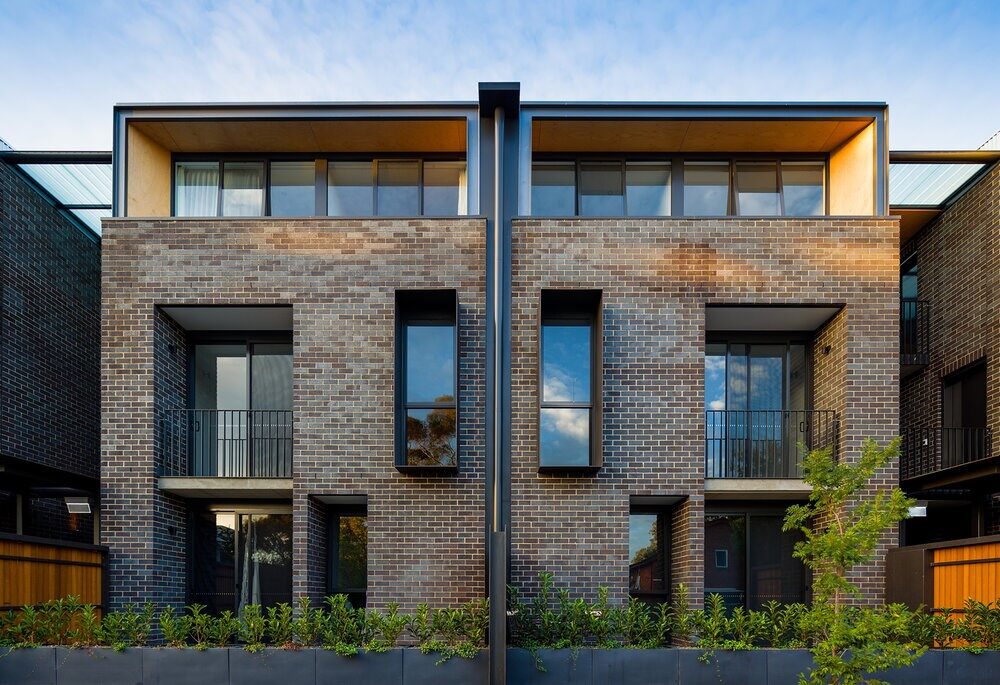
The ACT Chapter of the Australian Institute of Architects proudly endorses new draft guidelines released on 20 May by the ACT government seeking to unlock the potential of more missing middle housing in appropriate locations across Canberra.
Architects in the ACT have long advocated for sustainable, master-planned developments that offer diverse housing options. They recognise the critical role of architecture in fostering community connection, promoting environmental sustainability, and ensuring efficient land use.
“Providing high-quality, social, and affordable housing is essential to building an inclusive and equitable city,” says ACT Chapter spokesperson, Rob Henry.
“By ensuring housing solutions are well-designed, sustainable, and integrated into diverse neighbourhoods, the ACT can meet the needs of vulnerable populations and low-income residents.
Architects are already working to create designs that prioritise energy efficiency, adaptability, and liveability, enhancing the long-term value and social outcomes of housing projects while supporting broader housing affordability goals,” he continued.
With over 70% of blocks in the ACT zoned RZ1, a strong government focus on enabling a greater variety of housing typologies within suburban areas is strongly encouraged. Architects can design appropriately scaled dual-occupancies, townhouses, manor houses, small apartment buildings, and co-housing to meet the growing demand from ACT residents looking to buy their first home — or simply age in place.
The Institute welcomes the consultation put forward by the ACT government and will review the proposed guides and amendments with an eye to ensuring that urban expansion is thoughtfully planned and addresses the missing middle in the housing market.
The ACT Chapter of the Australian Institute of Architects is also interested in how public transport and accessibility are considered in this future work.
“The recognition of place is paramount to building communities, not just houses. To ensure long-term growth and mobility, the ACT must preserve and expand public transport corridors, including future extensions of the light rail network,” says Rob Henry.
Architects and planners have a responsibility to design developments that accommodate and integrate these corridors, ensuring housing and public transport options evolve together.
Architect Rob Henry is a Director with dna Architects and has been involved in consultation with the ACT Government on draft forms of the Missing Middle Housing Reforms on behalf of the Australian Institute of Architects.